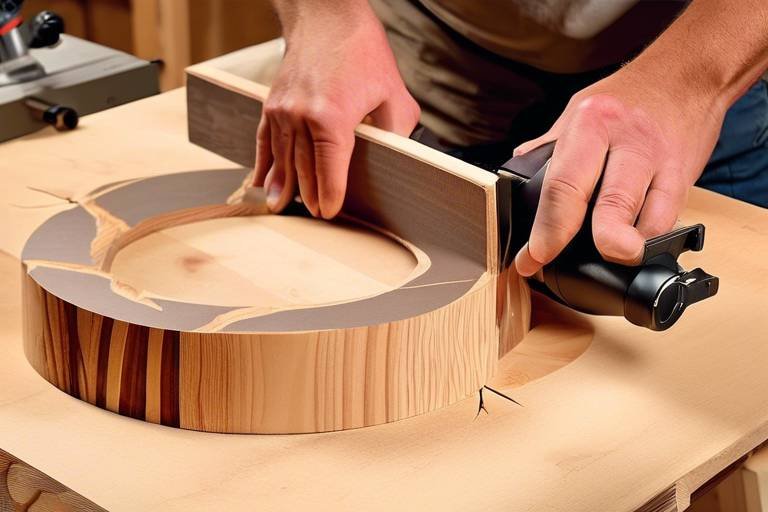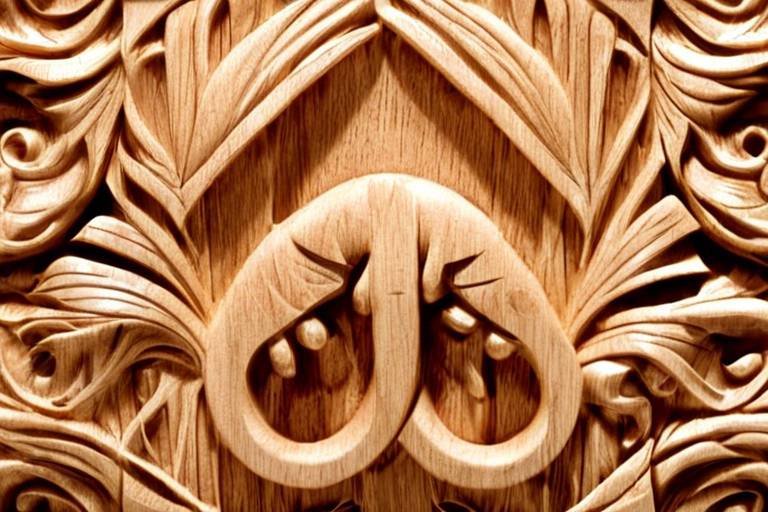Designing a Cozy Wooden Tree House: A Guide
Are you ready to embark on an adventure that takes you back to your childhood? Designing a cozy wooden tree house can be the ultimate escape, a charming retreat nestled among the branches, where you can unwind, play, or simply enjoy nature. This article provides a comprehensive guide on creating that charming wooden tree house you've always dreamed of. From design ideas that inspire creativity to the best materials that ensure durability, we’ve got you covered. Plus, we’ll delve into safety measures and tips to make your tree house a comfortable and inviting space among the trees. So, grab your tools and let’s get started on this exciting journey!
Before you start building, it’s crucial to select the perfect spot for your tree house. The location can make or break your experience. Imagine this: you find a tree that stands tall and strong, its branches reaching out like welcoming arms. Consider factors such as sunlight, tree health, and proximity to other structures. You want a place that offers a good balance between shade and sunlight, ensuring that your tree house is cozy yet bright. Also, check the health of the tree; a robust tree will provide the necessary support, while a weak one could lead to disastrous consequences. Lastly, think about how close your tree house is to other structures. You want it to be a private haven, not a spot where you can hear every conversation from the house below!
Now that you’ve found your perfect spot, it’s time to let your imagination run wild with design inspirations. Your tree house can be anything from a rustic hideaway to a modern marvel. Think about what resonates with your personality. Do you prefer the charm of a classic cabin or the sleek lines of contemporary architecture? Incorporating elements that reflect your style will make your tree house feel uniquely yours. Take a moment to envision how your tree house will harmonize with the surrounding nature. A well-designed tree house should blend seamlessly into its environment, almost like it was always meant to be there.
When it comes to architectural styles, the possibilities are endless! You might want to investigate different styles suitable for tree houses, such as:
- A-frame: This style features steeply sloped roofs, creating a cozy interior that feels like a snug nest.
- Cabin-style: Think rustic logs and warm wood tones that evoke a sense of wilderness.
- Contemporary designs: These often include large windows and open spaces, marrying nature with modern aesthetics.
Each style offers distinct features that can enhance your tree house’s charm and functionality. Consider what resonates with you and what will work best in your chosen location.
Have you ever walked into a space and felt instantly at home? An open floor plan can create that welcoming atmosphere in your tree house. By maximizing space and encouraging natural light and airflow, you can make your tree house feel airy and inviting. Imagine lounging in a sun-drenched area, surrounded by the sounds of rustling leaves and chirping birds. An open layout not only enhances the aesthetics but also allows for flexibility in how you use the space.
If you’re looking to add excitement and functionality, consider multi-level designs for your tree house. They can transform a simple structure into a whimsical playground! Think about incorporating lofts for sleeping, balconies for stargazing, or even a slide for a quick descent. Each level can serve a different purpose, enhancing the overall experience and providing diverse spaces for relaxation and play. It’s like having your own personal amusement park among the trees!
One of the most magical aspects of a tree house is its connection to nature. To enhance this bond, integrate natural elements into your design. Use materials like wood and stone that resonate with the surrounding environment. You might even want to plant small gardens or incorporate climbing plants that can weave around your tree house, making it feel like a part of the landscape. Imagine sitting on your deck, sipping tea while watching the world go by, surrounded by the beauty of nature!
Choosing the right materials is essential for both durability and aesthetics. You want your tree house to stand the test of time while looking fabulous! Start by exploring the best wood types. Cedar and redwood are excellent options; they offer natural resistance to decay and pests, ensuring that your tree house remains beautiful for years to come. Plus, they have a stunning finish that adds to the overall charm.
When selecting wood, think about longevity. You want materials that will not only withstand the elements but also look great. Consider creating a table to compare different wood types:
| Wood Type | Durability | Appearance |
|---|---|---|
| Cedar | High | Rich, warm tones |
| Redwood | Very high | Beautiful reddish hue |
| Pine | Medium | Light color, can be stained |
Choosing the right wood is like picking the right ingredients for a recipe; it’s essential for achieving the perfect outcome!
Familiarizing yourself with various construction techniques is crucial. Techniques like platform building and tree-friendly attachment methods ensure stability while minimizing harm to the tree’s health during construction. Think of your tree house as a cozy nest; it needs to be secure and safe for all who enter. Using proper building techniques will give you peace of mind, allowing you to focus on enjoying your new retreat.
Safety should always be a top priority when designing your tree house. After all, you want it to be a secure haven for everyone, especially children. Incorporate essential safety features such as guardrails and non-slip surfaces. Regular maintenance and inspections can prevent potential hazards and prolong the life of your tree house. Think of it as a protective shield, ensuring that your cozy retreat remains a safe space for relaxation and play.
To ensure your tree house is structurally sound, following proper engineering guidelines is vital. Regular inspections can help catch any issues before they become serious problems. It’s like giving your tree house a check-up; a little maintenance goes a long way in ensuring safety and longevity.
When it comes to children, safety features are non-negotiable. Incorporate elements like secure ladders and sturdy guardrails to create a safe play area. Think of your tree house as a fortress where kids can explore and play freely without worries. These measures will help create a joyful and safe environment for children while they enjoy the magic of the tree house experience.
Q: What is the best age to build a tree house?
A: There’s no specific age, but involving children in the design process can create lasting memories. Just ensure safety is prioritized.
Q: Can I build a tree house in any tree?
A: Not all trees are suitable. Look for healthy, sturdy trees with strong branches, like oak or maple.
Q: How long does it take to build a tree house?
A: Depending on the design and complexity, it can take anywhere from a few days to several weeks.
Q: Do I need a permit to build a tree house?
A: It depends on local regulations. Always check with your local authorities before starting construction.
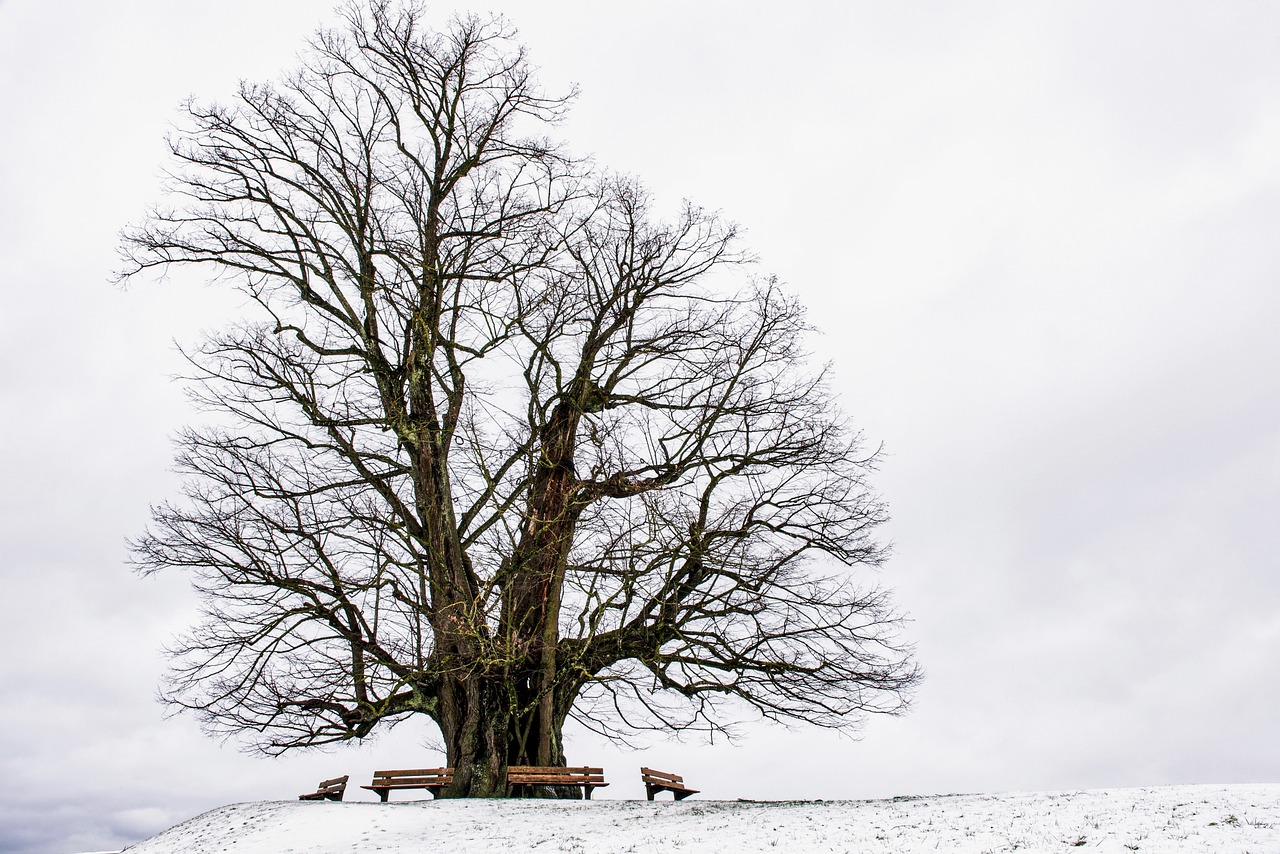
Choosing the Right Location
Choosing the perfect location for your cozy wooden tree house is not just about picking a spot high up in the trees; it's about creating a safe and enjoyable environment that enhances your overall experience. Imagine the feeling of waking up in your tree house, surrounded by the gentle rustle of leaves and the soft chirping of birds. To achieve this idyllic setting, you need to consider several key factors.
First and foremost, sunlight plays a critical role. You want to find a location that receives ample natural light, as this will not only brighten your space but also keep it warm and inviting. However, too much direct sunlight can make the interior uncomfortably hot, so look for a balance. A spot that gets morning sun and afternoon shade can be ideal, allowing you to enjoy the warmth of the sun without overheating.
Next, consider the health of the tree. Not all trees are suitable for supporting a tree house. Look for strong, healthy trees with thick trunks and sturdy branches. Avoid trees that show signs of decay or disease, as these can pose serious safety risks. A good rule of thumb is to choose a tree that is at least 8-12 inches in diameter. This will provide the structural integrity you need for your dream retreat.
Another important factor is the proximity to other structures. You want your tree house to be a peaceful escape, not a cramped space overshadowed by nearby buildings or fences. Ideally, it should be set back from your home and any other structures to provide a sense of privacy and tranquility. Take a moment to visualize how the tree house will fit into the landscape. Will it have a clear view of the sunset? Will it be surrounded by lush greenery? These elements can significantly enhance your tree house experience.
Lastly, think about accessibility. You want to make sure that getting to your tree house is easy and safe. Consider the pathway leading to it—will it be a winding trail through the woods or a simple set of stairs? Make sure that the entrance is secure and that you can easily navigate it, especially if children will be using the tree house. Remember, the journey to your tree house should be just as enjoyable as the time spent inside it.
In summary, choosing the right location for your tree house involves a careful balance of sunlight, tree health, distance from other structures, and accessibility. By taking these factors into account, you can create a magical space that not only serves as a retreat but also harmonizes with the beauty of nature.

Design Inspirations
When it comes to designing your cozy wooden tree house, the possibilities are as vast as the sky above the treetops! The key is to find a style that resonates with you and complements the natural surroundings. Imagine stepping into a space that not only reflects your personality but also feels like a seamless extension of the great outdoors. From rustic charm to sleek modernity, the design of your tree house can be as unique as your dreams.
One popular style is the rustic cabin, which embraces natural materials and a warm, inviting atmosphere. Think of exposed wooden beams, a stone fireplace, and large windows that frame stunning views of the landscape. This design invites the beauty of nature inside, creating a cozy retreat that feels like a woodland escape. Alternatively, you might lean towards a modern aesthetic, characterized by clean lines and minimalist decor. Large glass panels can provide breathtaking views while maintaining a sleek, uncluttered look. Imagine sipping your morning coffee while surrounded by the gentle rustle of leaves and the sweet songs of birds.
For those who crave a bit of adventure, consider an A-frame design. This architectural style not only adds a playful element to your tree house but also maximizes vertical space, allowing for lofts and sleeping areas that feel like a cozy nest among the branches. The triangular shape is not only visually appealing but also offers excellent stability and weather resistance. You could even incorporate a multi-level design, offering various spaces for relaxation and play. Picture a small balcony where you can enjoy a sunset or a lofted reading nook tucked away in the treetops—each level adding a new dimension to your tree house experience.
Another essential aspect of design inspiration is the integration of nature. Consider using materials like natural wood, stone, and even plants to create a harmonious connection with the environment. For instance, you might want to incorporate a living wall of plants or hanging gardens that not only beautify the space but also provide a habitat for local wildlife. This approach not only enhances the aesthetic appeal but also fosters a sense of tranquility, making your tree house a peaceful sanctuary away from the hustle and bustle of everyday life.
To help you visualize your dream tree house, here's a simple table summarizing different design styles and their key features:
| Design Style | Key Features |
|---|---|
| Rustic Cabin | Exposed beams, stone fireplace, large windows |
| Modern Aesthetic | Clean lines, minimalist decor, large glass panels |
| A-Frame | Triangular shape, lofted spaces, playful design |
| Multi-Level | Balconies, diverse relaxation areas, enhanced functionality |
Ultimately, the design of your tree house should be a reflection of your personality and lifestyle. Whether you envision a bustling family hub filled with laughter or a serene retreat for quiet contemplation, the right design can transform your dreams into reality. So, let your imagination soar as high as the trees, and create a space that truly feels like home among the branches!
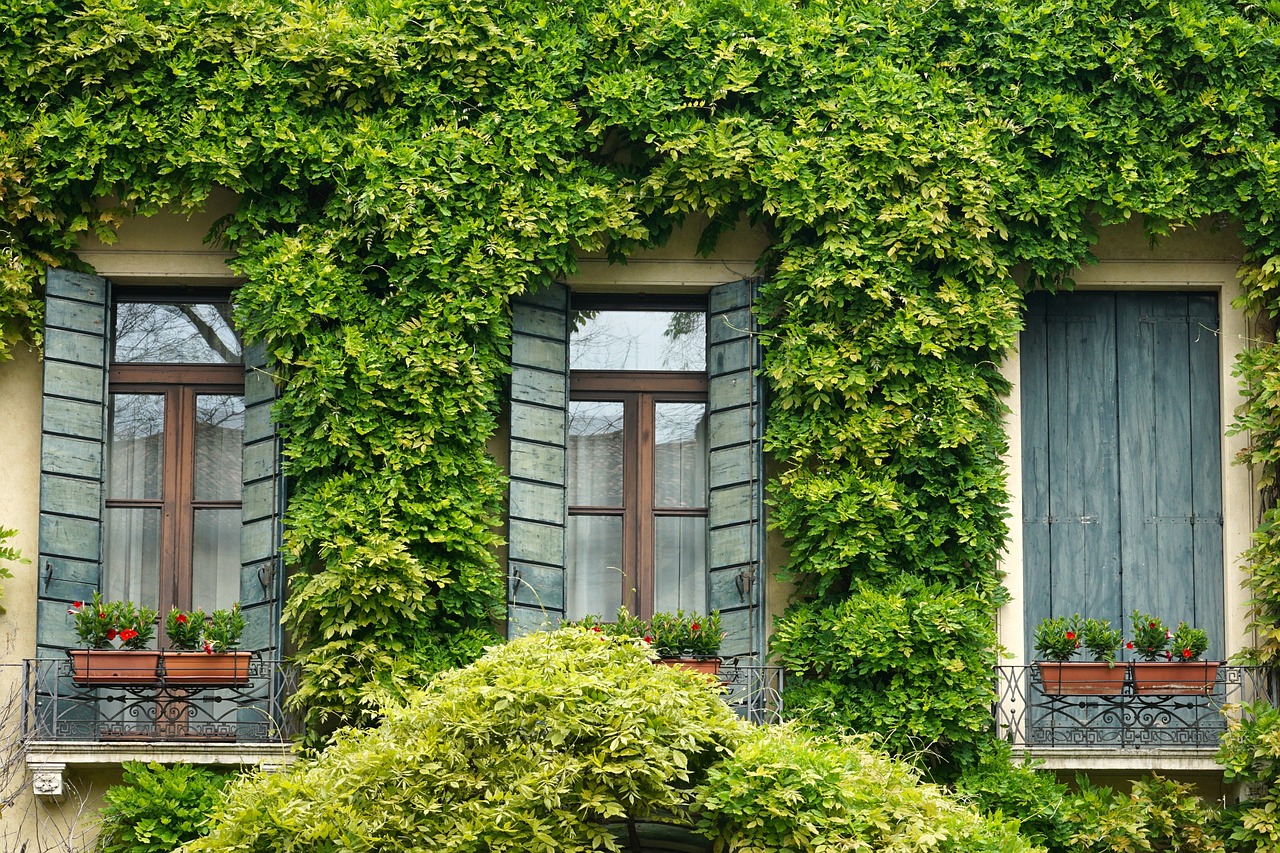
Architectural Styles
When it comes to designing your cozy wooden tree house, the choice of architectural style can significantly influence both its appearance and functionality. Just like choosing the right outfit can enhance your personality, selecting the perfect style for your tree house can reflect your unique tastes while blending seamlessly with the natural surroundings. Let’s dive into some popular architectural styles that can inspire your tree house design.
One of the most beloved styles is the A-frame design. Characterized by its steeply angled roof that resembles the letter "A," this style is not only visually striking but also practical. The sloped roof allows for efficient rainwater runoff, reducing maintenance issues, and the open interior space can be utilized for various activities. Imagine a cozy nook at the top, where you can enjoy a book while surrounded by the sounds of nature.
Another popular choice is the cabin-style tree house. This design often features rustic wooden beams and a warm, inviting aesthetic. Cabin-style tree houses can be equipped with large windows that offer breathtaking views of the surrounding landscape. It’s like having a front-row seat to nature’s theater! The use of natural materials like logs and stones can further enhance this style, making your tree house feel like a true extension of the forest.
If you’re leaning towards a more contemporary vibe, consider a modern design. This style often incorporates clean lines, large glass panels, and innovative materials. A modern tree house can look like a sleek bird's nest perched among the branches, offering a unique perspective on the world below. The incorporation of sustainable materials and energy-efficient technologies can also make this style a great choice for eco-conscious builders.
To help you visualize these styles, here’s a quick comparison of their key features:
| Architectural Style | Key Features | Ideal For |
|---|---|---|
| A-frame | Steep roof, open space, efficient runoff | Nature lovers, minimalist designs |
| Cabin-style | Rustic beams, warm aesthetic, large windows | Cozy retreats, family-friendly |
| Modern | Sleek lines, glass panels, innovative materials | Eco-conscious builders, contemporary aesthetics |
Ultimately, the architectural style you choose should resonate with your personal preferences and harmonize with the environment. Think of it like finding the perfect melody that complements your favorite song. Whether you opt for the rustic charm of a cabin-style tree house or the sleek sophistication of a modern design, the goal is to create a space that feels like a sanctuary among the trees. So, which style speaks to you? Let your imagination soar as you envision your dream tree house!
- What is the best location for a tree house? Look for sturdy trees that receive ample sunlight and are away from power lines or other hazards.
- How do I ensure my tree house is safe? Incorporate safety features such as guardrails, secure ladders, and regular inspections.
- What materials should I use for building? Opt for durable woods like cedar or redwood, which are resistant to decay.
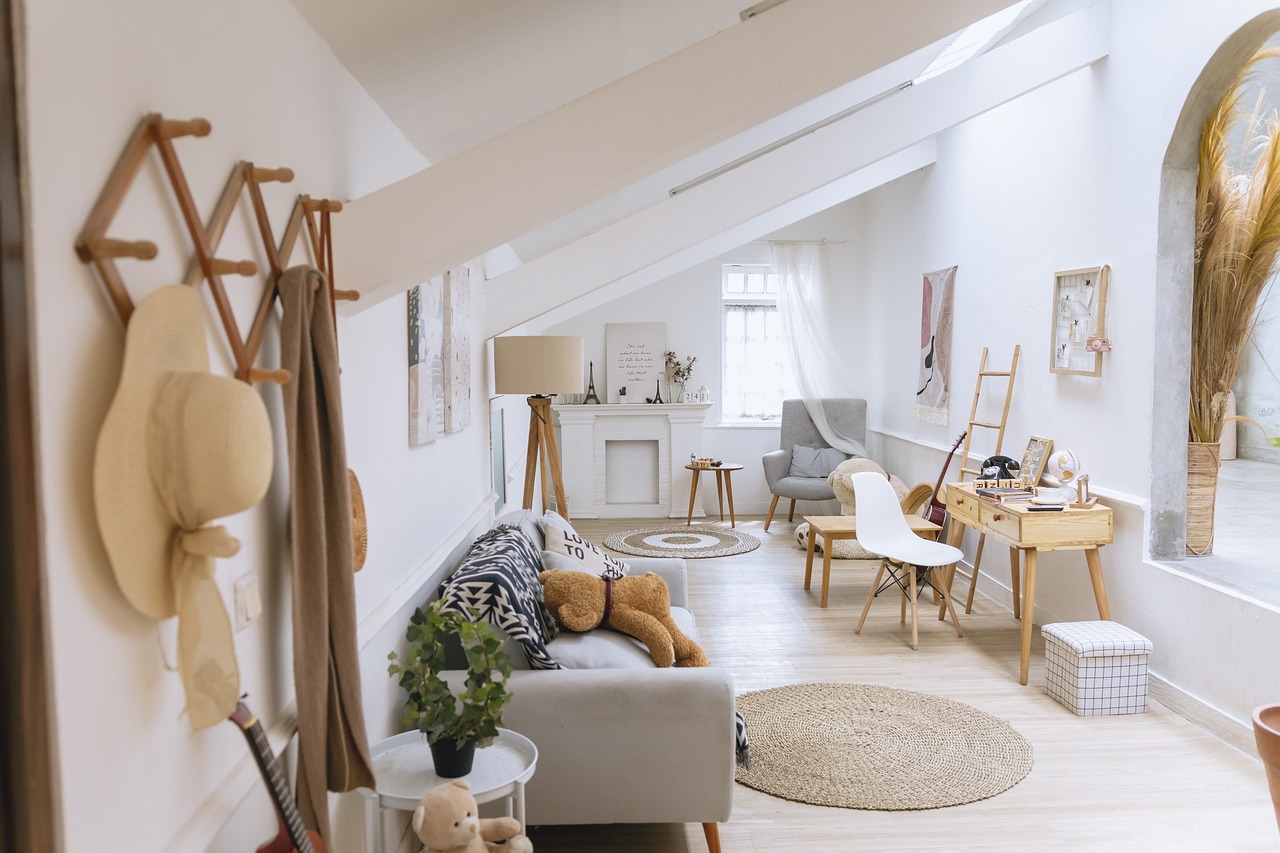
Open Floor Plans
When it comes to designing your cozy wooden tree house, one of the most exciting concepts to consider is the open floor plan. Imagine stepping inside and being greeted by a spacious, airy environment that invites you to relax and enjoy the beauty of nature surrounding you. An open floor plan eliminates unnecessary walls, creating a seamless flow between different areas. This design not only maximizes the available space but also enhances the overall experience of being up in the trees.
One of the key benefits of an open floor plan is the abundance of natural light that floods the interior. Large windows and strategically placed skylights can transform your tree house into a bright sanctuary. Picture yourself sipping your morning coffee while sunlight dances across the wooden floors, creating a warm and inviting atmosphere. Furthermore, the open layout encourages airflow, making it a comfortable retreat even on warmer days.
Additionally, an open floor plan fosters a sense of togetherness. Whether you're enjoying a family gathering, playing games with friends, or simply unwinding with a good book, the absence of walls allows for easy interaction. You can easily move from one area to another, whether you're cooking in the small kitchenette or lounging in a cozy nook. This design choice is particularly beneficial for families with children, as it allows parents to keep an eye on their little ones while engaging in other activities.
However, it’s essential to thoughtfully consider the layout to ensure functionality. Here are some design elements to incorporate:
- Defined Spaces: While the floor plan is open, you can still create defined spaces using furniture arrangements or area rugs. This approach helps to maintain a sense of organization without sacrificing the openness.
- Multi-Functional Furniture: Consider using furniture that serves multiple purposes, such as a sofa bed or a foldable table. This flexibility is particularly useful in a tree house where space might be limited.
- Natural Dividers: Use natural elements like plants or wooden partitions to subtly define different areas without closing off the space completely.
In summary, an open floor plan is an excellent choice for your tree house, providing a feeling of spaciousness, enhancing natural light, and promoting interaction among family and friends. By thoughtfully considering the layout and incorporating functional design elements, you can create a cozy retreat that harmonizes beautifully with the surrounding trees. So, are you ready to let your imagination soar and design the tree house of your dreams?
Q: What are the benefits of an open floor plan in a tree house?
A: An open floor plan maximizes space, enhances natural light, and fosters interaction among occupants, making it an ideal choice for a cozy retreat.
Q: How can I define spaces in an open floor plan?
A: You can define spaces using furniture arrangements, area rugs, or even natural dividers like plants to maintain a sense of organization.
Q: What type of furniture works best in an open floor plan?
A: Multi-functional furniture, such as sofa beds or foldable tables, is ideal for maximizing space and functionality in a tree house.
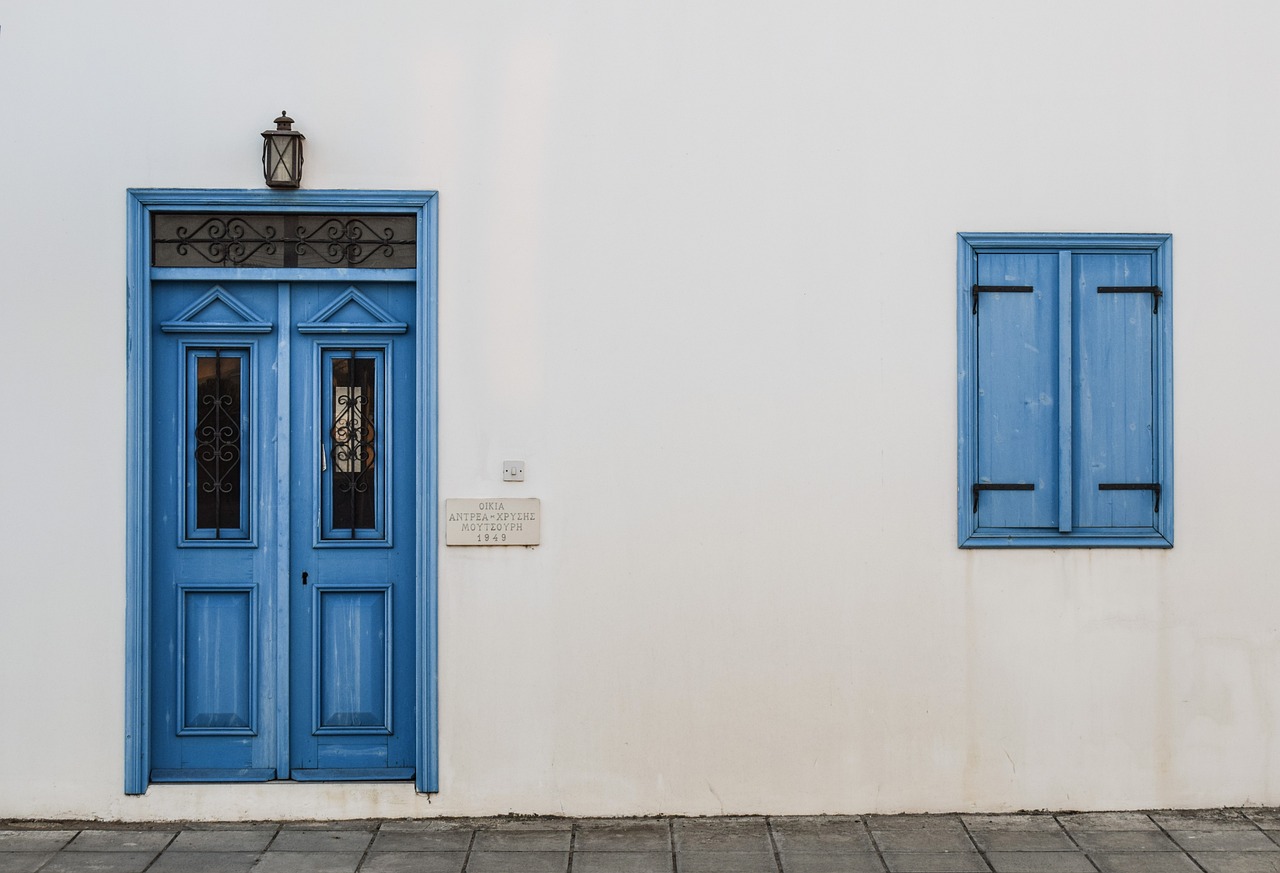
Multi-Level Designs
When it comes to tree house design, multi-level structures can transform an ordinary retreat into an extraordinary adventure. Imagine stepping into a world where each level offers a unique experience, whether it's a cozy reading nook perched high among the branches or a playful slide that connects the upper deck to the ground below. Multi-level designs not only maximize the use of space but also add an element of excitement, making your tree house a destination for both relaxation and play.
One of the most appealing aspects of multi-level tree houses is the opportunity to create distinct areas tailored to different activities. For instance, you could design an upper level dedicated to quiet contemplation and stargazing, complete with large windows and comfortable seating. Meanwhile, the lower level could serve as a lively play area, filled with games and toys. The contrast between these spaces can enhance the overall experience, allowing users to transition seamlessly between relaxation and fun.
Additionally, incorporating features like lofts and balconies can elevate the design. A loft can provide extra sleeping space or a cozy nook for reading, while a balcony can offer stunning views of the surrounding landscape. These elements not only contribute to the aesthetic appeal but also encourage interaction with the natural environment. Imagine sipping your morning coffee on a balcony, surrounded by the sounds of chirping birds and rustling leaves—it's a slice of paradise!
However, designing a multi-level tree house comes with its own set of challenges. It’s essential to ensure that each level is structurally sound and safe for all users. Proper engineering and construction techniques are vital to maintain stability, particularly as you add height. Be sure to use tree-friendly attachment methods to minimize any damage to the tree itself while ensuring that your tree house can withstand the elements.
To give you a clearer idea of how to approach multi-level designs, consider the following key elements:
- Accessibility: Ensure that each level is easily accessible through safe ladders or stairs.
- Safety Features: Incorporate guardrails and non-slip surfaces, especially on balconies and platforms.
- Visual Appeal: Use large windows and open spaces to create a feeling of airiness and connection to nature.
In conclusion, multi-level designs can truly elevate your tree house experience, transforming it into a versatile space that caters to various activities and preferences. With thoughtful planning and execution, you can create a magical retreat that not only harmonizes with nature but also provides endless opportunities for fun and relaxation.
Q: What are the benefits of a multi-level tree house?
A: Multi-level tree houses maximize space, create distinct areas for different activities, and enhance the overall experience with unique features like lofts and balconies.
Q: How do I ensure the safety of a multi-level tree house?
A: It's crucial to follow proper engineering guidelines, use safe construction techniques, and incorporate safety features such as guardrails and non-slip surfaces.
Q: Can I build a multi-level tree house in my backyard?
A: Yes, as long as you have suitable trees and follow local regulations regarding construction and safety. Always check with your local authorities before starting your project.
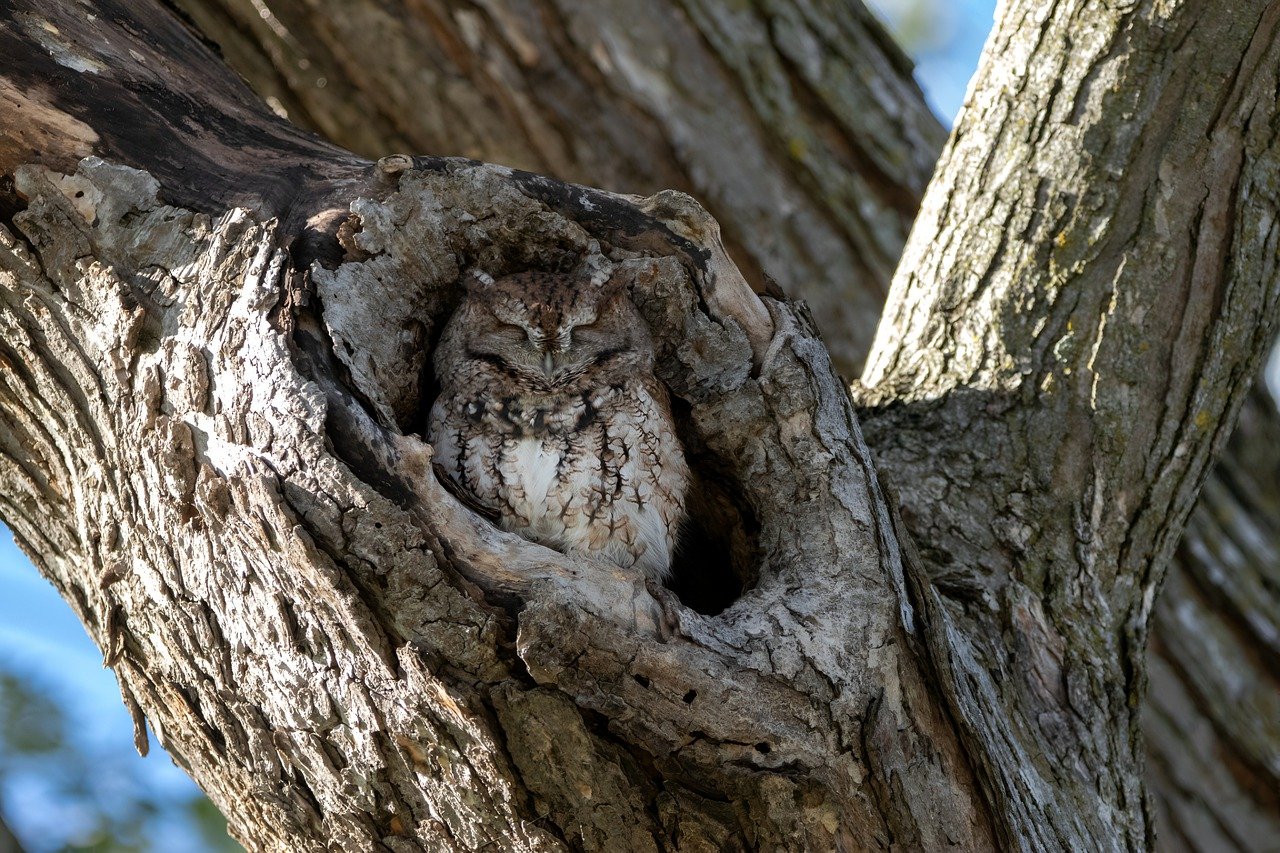
Incorporating Nature
When it comes to designing your cozy wooden tree house, one of the most enchanting aspects is the ability to integrate nature into your living space. Imagine stepping into a retreat that feels like an extension of the great outdoors. By using natural materials and thoughtful design techniques, you can create a harmonious environment that not only enhances the aesthetics of your tree house but also connects you deeply with the beauty of the surrounding landscape.
Start by selecting materials that reflect the natural world. Wood is the most obvious choice, but not just any wood will do. Opt for locally sourced timber that blends seamlessly with the trees around you. For example, using cedar or redwood not only adds a rustic charm but also provides natural resistance to decay, ensuring your tree house remains a safe haven for years to come. Additionally, consider incorporating stone elements, such as a small stone patio or a fire pit, to enhance the earthy feel of your retreat.
Another fantastic way to incorporate nature is through the use of plants. Imagine climbing up to your tree house and being greeted by lush greenery. You can achieve this by adding planters or hanging pots on your deck or balcony. Choose native plants that thrive in your local climate, as they will require less maintenance and will attract local wildlife, creating a vibrant ecosystem right outside your window.
To further connect your tree house with nature, think about the layout of your space. Large windows and open walls can create a seamless transition between the indoors and outdoors. Consider using glass doors that open onto a deck surrounded by trees, allowing you to enjoy the sounds of rustling leaves and chirping birds. This design not only maximizes natural light but also invites the fresh air inside, making your tree house an inviting and energizing space.
Moreover, don’t forget about the importance of sustainability in your design. Choose eco-friendly finishes and paints that are free from harmful chemicals. This not only protects the environment but also ensures that your tree house remains a safe and healthy space for you and your family. By being mindful of your material choices, you contribute to a more sustainable future while enjoying the natural beauty around you.
In summary, incorporating nature into your tree house design is about creating a space that feels alive and connected to the world outside. From the materials you choose to the way you structure your home, every decision can enhance your experience. So, let your imagination run wild and create a tree house that is not just a structure but a sanctuary amidst the trees.
- What type of wood is best for building a tree house? Cedar and redwood are excellent choices due to their natural resistance to decay and pests.
- How can I make my tree house safe for children? Incorporate guardrails, non-slip surfaces, and secure ladders to ensure a safe play area.
- What are some eco-friendly materials I can use? Look for sustainably sourced wood, non-toxic paints, and natural finishes to reduce your environmental impact.
- How do I choose the right location for my tree house? Consider factors like sunlight, tree health, and distance from other structures to ensure a safe and enjoyable space.
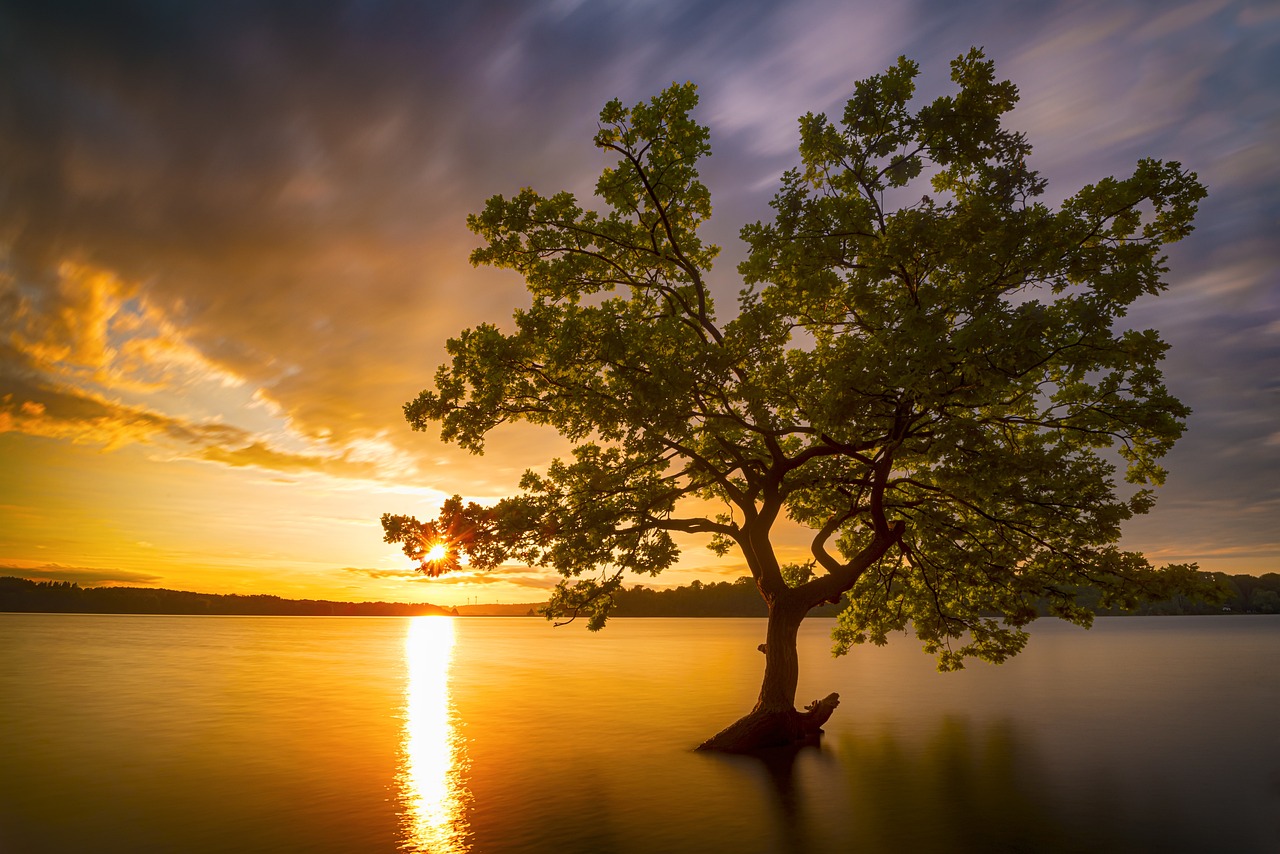
Materials and Construction
When embarking on the exciting journey of building a tree house, choosing the right materials is essential for both durability and aesthetics. Imagine a cozy retreat nestled among the branches, where the beauty of nature meets the comfort of home. The materials you select will not only determine the longevity of your tree house but also its overall charm. Let's dive into the world of wood types, finishes, and construction techniques that will help you create that perfect hideaway in the trees.
First and foremost, the type of wood you choose can make a significant difference in the tree house's lifespan. Cedar and redwood are two popular options due to their natural resistance to decay and pests. These woods not only withstand the elements but also provide an attractive finish that enhances the overall aesthetic of your tree house. For example, cedar has a warm, inviting hue that blends beautifully with the surrounding greenery, while redwood offers a rich, reddish tone that stands out yet complements nature.
In addition to wood selection, the finishing touches you apply can enhance both the look and durability of your tree house. Consider using non-toxic stains or sealants that protect the wood from moisture and UV damage without harming the environment. This way, you can enjoy your tree house without worrying about the impact on the ecosystem. Remember, a well-finished tree house not only looks great but also lasts longer, allowing you to create lasting memories in your elevated sanctuary.
Now, let's talk about construction techniques. Familiarizing yourself with various building methods is crucial for ensuring stability while minimizing damage to the tree. One popular approach is the platform building technique, which involves creating a sturdy base that distributes weight evenly across the tree's branches. This method not only provides a solid foundation but also allows for flexibility in design. Additionally, using tree-friendly attachment methods, such as floating brackets or tension cables, can help maintain the health of the tree while providing structural support.
To give you a clearer picture, here’s a simple table summarizing the best wood types and their benefits:
| Wood Type | Benefits |
|---|---|
| Cedar | Natural resistance to decay, attractive finish, blends with nature |
| Redwood | Durable, rich color, resistant to pests |
| Pine | Cost-effective, easy to work with, readily available |
As you plan your construction, remember that safety is paramount. Regular inspections of your tree house's structure will help identify any potential issues before they become significant problems. Proper engineering guidelines should be followed to ensure that your tree house remains a safe haven for family and friends.
In conclusion, the materials and construction techniques you choose will play a vital role in creating a cozy and inviting tree house. By selecting the right wood, applying protective finishes, and utilizing safe building methods, you'll be well on your way to crafting a magical retreat that harmonizes with the beauty of nature. So, roll up your sleeves, gather your materials, and let your imagination soar as you build your dream tree house!
- What is the best wood for building a tree house? Cedar and redwood are highly recommended due to their durability and resistance to decay.
- How can I ensure my tree house is safe? Regular inspections, proper engineering guidelines, and incorporating child safety features are key.
- What construction techniques should I use? Platform building and tree-friendly attachment methods are excellent choices for stability and tree health.
- How often should I maintain my tree house? Regular maintenance checks at least once a year can help prolong the life of your tree house.
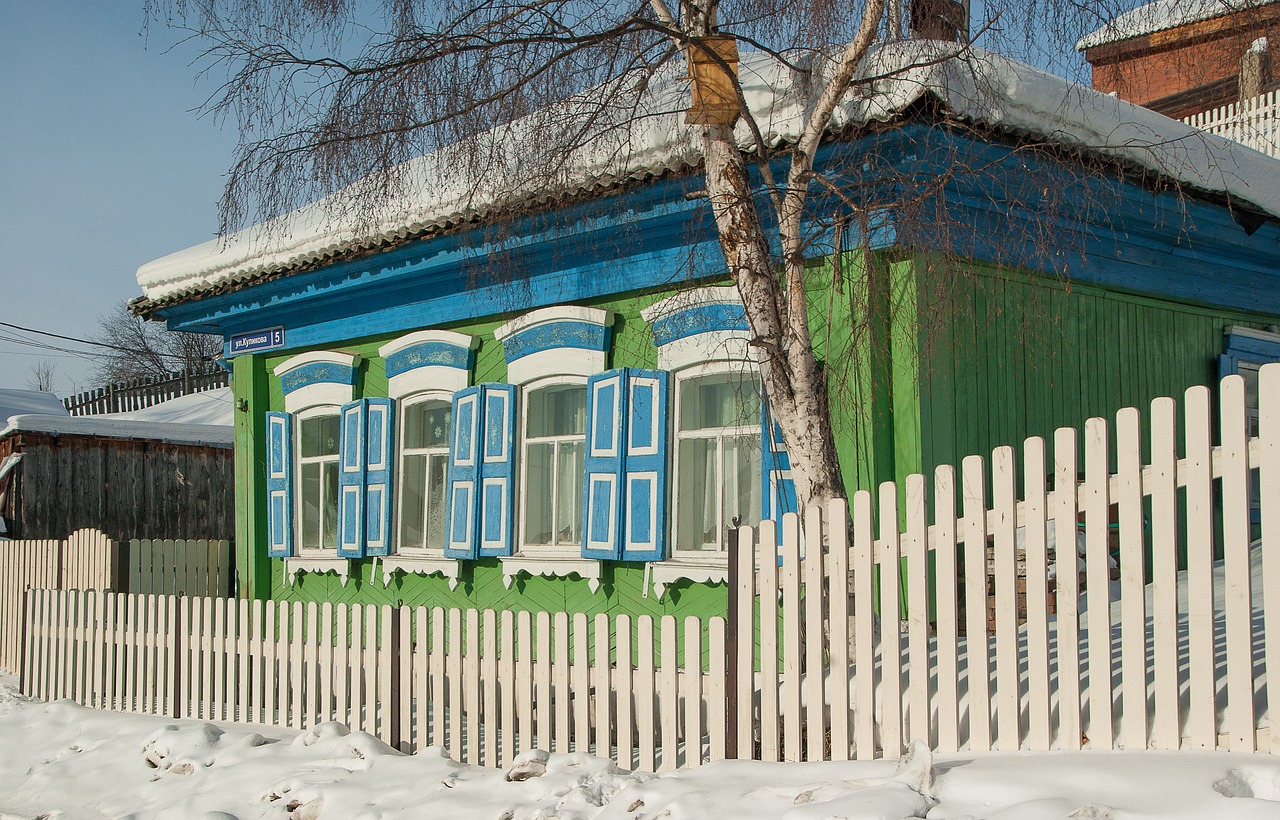
Wood Selection
When it comes to building your dream tree house, is one of the most critical decisions you'll make. Not only does the type of wood affect the overall aesthetic of your tree house, but it also plays a significant role in its durability and maintenance. Imagine your tree house standing tall among the branches, a cozy retreat that withstands the test of time and weather. To achieve this, you need to choose wisely.
There are several types of wood that are particularly well-suited for outdoor construction, each with its unique benefits. For instance, cedar is a popular choice due to its natural resistance to decay and insects. This means you can enjoy the beauty of your tree house without constantly worrying about maintenance. Similarly, redwood is another excellent option, renowned for its striking appearance and ability to withstand the elements. Both types of wood not only provide a stunning finish but also ensure your structure remains safe and sound over the years.
Let’s break down some of the most common wood types used in tree house construction:
| Wood Type | Benefits | Considerations |
|---|---|---|
| Cedar | Natural resistance to decay and insects | Can be more expensive than other options |
| Redwood | Beautiful finish, durable, and weather-resistant | May require more maintenance over time |
| Pine | Cost-effective and widely available | Less durable; may require treatment for pests |
| Pressure-Treated Lumber | Resistant to rot and insects | May contain chemicals; check for safety |
While selecting the wood, it's also essential to consider the environmental impact. Opting for sustainably sourced wood can lessen your ecological footprint. Look for certifications like the Forest Stewardship Council (FSC) label, which ensures that the wood comes from responsibly managed forests. Not only will you be helping the planet, but you'll also be creating a beautiful space that you can feel good about.
Finally, remember that the finish you choose for your wood can significantly impact its longevity. A good quality sealant or stain can protect your tree house from moisture and UV damage, keeping it looking fresh and inviting. So, whether you prefer a natural look or a pop of color, investing time in the finishing touches will pay off in the long run.
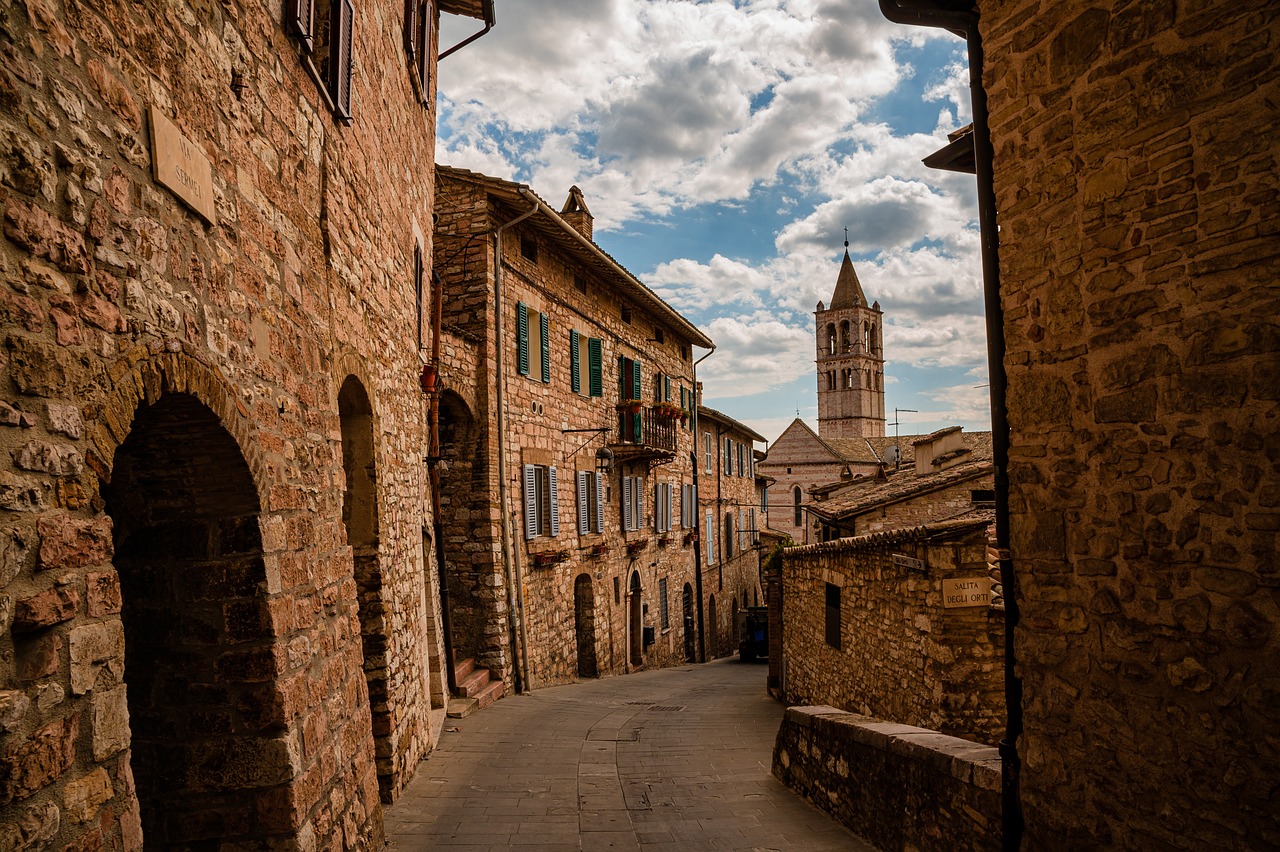
Building Techniques
When it comes to constructing your cozy wooden tree house, understanding the right is essential. Not only do these techniques ensure the stability and safety of your tree house, but they also help in preserving the health of the tree itself. One of the most popular methods is the platform building technique, which involves creating a stable platform that serves as the foundation for your tree house. This method is particularly beneficial because it distributes the weight evenly across the tree branches, reducing stress on any single point. Imagine a sturdy table with four legs; if one leg is shorter, the table wobbles. Similarly, a well-designed platform ensures your tree house stands firm and secure.
Another crucial technique is the use of tree-friendly attachment methods. These methods include using bolts and brackets that allow the tree to grow without causing damage. Traditional nails can harm the tree by restricting its growth and creating potential entry points for pests. Instead, consider using floating brackets or cable systems that allow for movement as the tree sways in the wind. This flexibility is vital for maintaining the health of your tree while also providing a secure structure for your tree house.
Before diving into construction, it’s wise to familiarize yourself with the local building codes and regulations. Different regions have specific requirements for tree houses, especially when it comes to safety and structural integrity. You wouldn’t want to invest time and money into a beautiful tree house only to find out it doesn’t meet local standards! Check with your local authorities or homeowners’ association to ensure compliance.
For those looking to get a bit more technical, consider creating a construction plan that outlines every step of your project. This plan should include detailed diagrams, measurements, and a timeline. It’s like drafting a roadmap for a road trip; having a clear path can help you avoid detours and ensure you reach your destination smoothly. Additionally, involving a friend or two can make the building process more enjoyable and efficient, turning a solitary task into a fun group project.
Lastly, never underestimate the importance of regular maintenance. After your tree house is built, periodic inspections are essential to ensure everything remains in top shape. Look for signs of wear and tear, such as loose screws or rotting wood, and address these issues promptly. Just like a garden needs tending to thrive, your tree house requires care to continue being a safe and inviting retreat.
- What is the best type of wood for building a tree house? Cedar and redwood are excellent choices due to their natural resistance to decay and pests.
- How do I ensure my tree house is safe for children? Incorporate child safety features such as guardrails, non-slip surfaces, and secure ladders.
- Do I need a permit to build a tree house? It depends on your local regulations. Always check with local authorities before starting construction.
- How can I choose the right tree for my tree house? Look for a healthy, sturdy tree with a strong trunk and ample branches to support the structure.
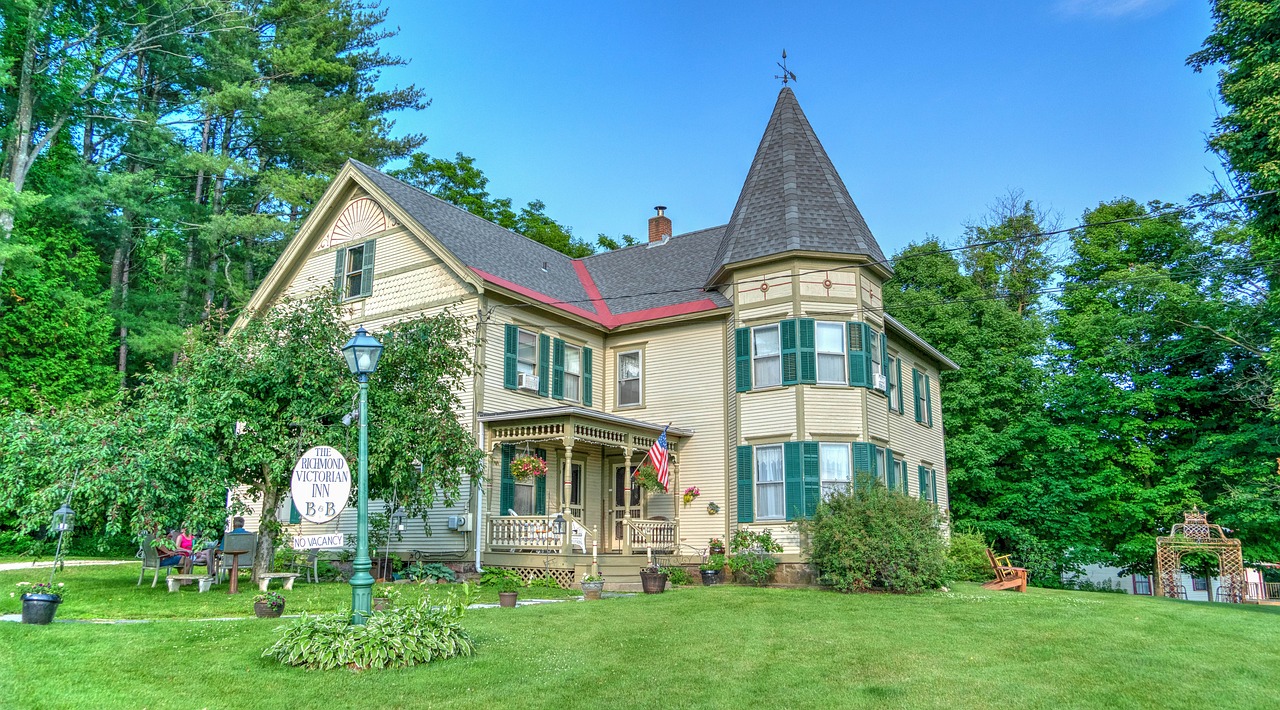
Safety Considerations
When it comes to building a tree house, safety should be your top priority. After all, this charming retreat is meant to be a haven of joy and adventure, not a place of concern. To ensure that your wooden sanctuary is both fun and secure, you need to consider several key factors. First and foremost, it’s essential to understand the structural integrity of your tree house. This means following proper engineering guidelines to ensure that the construction can withstand the test of time, as well as the playful antics of its inhabitants. Regular inspections and maintenance are crucial; think of it as a routine health check-up for your tree house. Just like you wouldn’t ignore a leaky roof at home, you shouldn’t overlook potential hazards in your tree house.
In addition to structural soundness, you must also think about the safety features that will protect the little ones who will be enjoying this space. Incorporating child safety features is not just a good idea; it’s a necessity. Consider adding guardrails around open areas to prevent accidental falls. Non-slip surfaces on the floors will help ensure that even when things get a bit wild, everyone can maintain their footing. Secure ladders are also a must; they should be sturdy and well-anchored, giving children a safe way to access their lofty retreat. Remember, the goal is to create a playful environment where kids can explore without fear.
Another important aspect of safety is to be aware of local regulations and building codes. Before you start hammering away, check with your local authorities to ensure that your tree house complies with any necessary guidelines. This can save you from potential headaches down the line, including fines or even being required to dismantle your beloved creation. Furthermore, engaging with professionals who specialize in tree house construction can provide invaluable insights, ensuring that your project is not only safe but also up to code.
To give you a clearer picture, here’s a quick overview of essential safety features to consider:
| Safety Feature | Description |
|---|---|
| Guardrails | Installed around open areas to prevent falls. |
| Non-Slip Surfaces | Materials that provide traction to prevent slipping. |
| Secure Ladders | Sturdy and well-anchored ladders for safe access. |
| Regular Inspections | Routine checks to identify and fix potential hazards. |
| Compliance with Regulations | Ensuring your tree house meets local building codes. |
In conclusion, designing a safe tree house is about more than just aesthetics; it’s about creating a secure environment where imagination can run wild without the worry of accidents. By focusing on structural integrity, incorporating essential safety features, and adhering to local regulations, you can build a tree house that is not only cozy and charming but also a safe haven for everyone who steps inside. So, roll up your sleeves, gather your materials, and get ready to create a magical retreat that will be cherished for years to come!
Q: What is the best height for a tree house?
A: The ideal height for a tree house depends on the tree's strength and the intended use. Generally, a height of 6 to 10 feet is safe for children, while still providing a sense of adventure.
Q: How do I choose the right tree for my tree house?
A: Look for a healthy, sturdy tree with a thick trunk and strong branches. Species like oak, maple, and fir are excellent choices due to their durability.
Q: Do I need a building permit for my tree house?
A: This varies by location. Always check with your local building department to understand the requirements in your area before starting construction.
Q: How can I make my tree house eco-friendly?
A: Use sustainable materials, incorporate natural insulation, and consider solar panels for energy. Additionally, try to minimize the impact on the tree and surrounding environment.
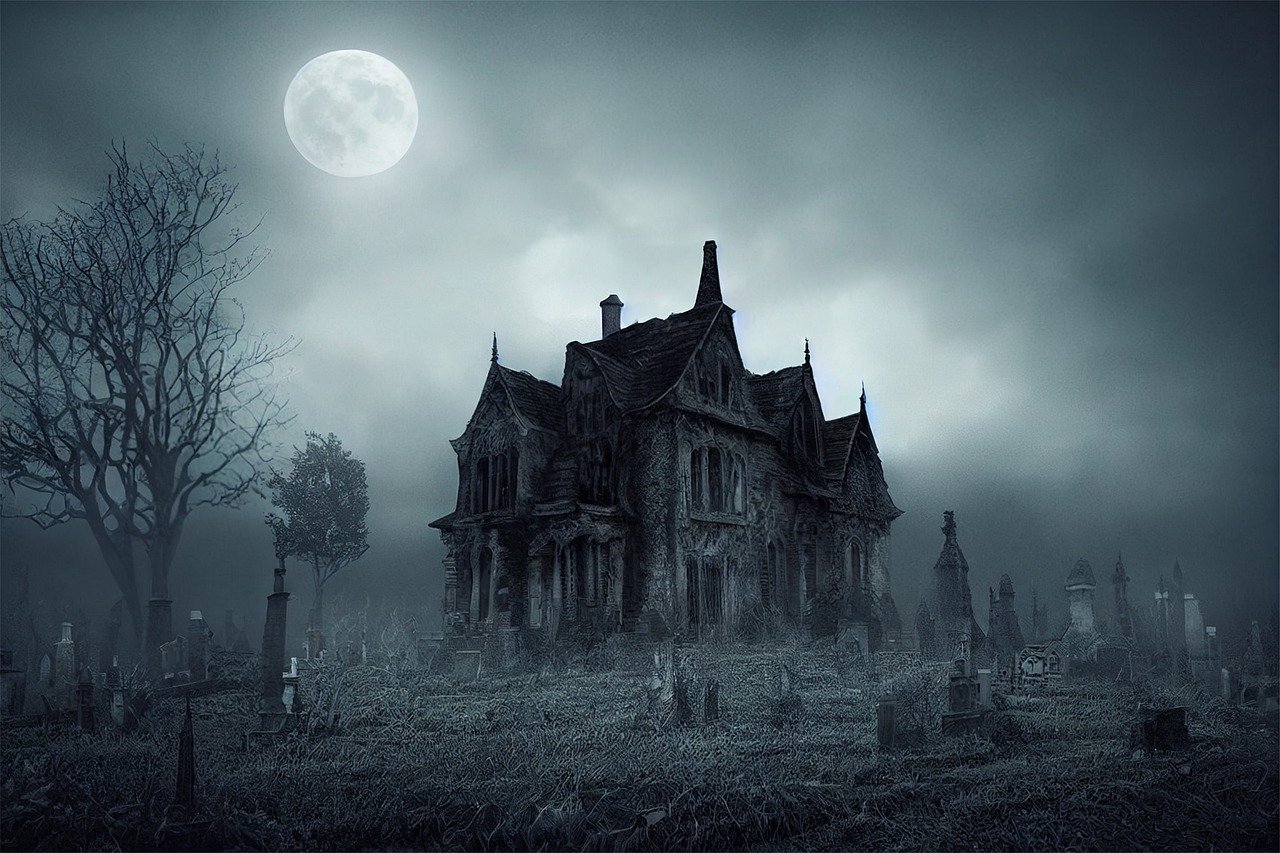
Structural Integrity
When it comes to building your dream tree house, is not just a buzzword; it's the backbone of your entire project. Imagine climbing up to your cozy retreat only to feel it wobble beneath your feet. Yikes! To avoid such a scenario, you need to follow some essential engineering guidelines that ensure your tree house stands strong against the elements and the test of time.
First and foremost, the choice of materials plays a significant role in your tree house's durability. Opt for high-quality, weather-resistant wood, such as cedar or redwood, which not only look fantastic but also withstand moisture and pests. Additionally, using galvanized or stainless steel fasteners can help prevent rust and deterioration, ensuring your construction remains sturdy.
Next, let’s talk about load distribution. It's crucial to understand how the weight of the tree house will be distributed across the tree branches. A well-designed tree house should ideally be built to rest on multiple branches rather than just one. This approach minimizes stress on any single branch and helps maintain the tree's health. To visualize this, consider the following table:
| Load Distribution Method | Benefits |
|---|---|
| Multiple Branch Support | Reduces stress on individual branches, promoting tree health |
| Platform Design | Increases stability and provides a solid base for the structure |
| Proper Anchoring | Secures the house while allowing for tree movement |
Incorporating flexible attachment methods is another critical aspect of maintaining structural integrity. Using tree-friendly attachment systems allows the tree to sway naturally in the wind without compromising the stability of your tree house. For instance, consider using adjustable brackets or straps that can grow with the tree as it matures. This flexibility is akin to the way a dancer moves gracefully, adapting to the rhythm of the music while maintaining poise.
Regular inspections are also vital. Make it a habit to check your tree house periodically for any signs of wear and tear. Look for cracks in the wood, rust on the fasteners, or any movement in the structure that seems unusual. Just like a car needs regular maintenance to keep running smoothly, your tree house requires the same level of care to ensure it remains a safe haven for years to come.
Lastly, don’t forget to consider the environment around your tree house. Trees can be affected by storms, heavy winds, or even nearby construction. Keeping an eye on the overall health of the tree and its surroundings can help you anticipate any potential issues before they escalate. Think of your tree house as a living organism; its health is interconnected with the tree it resides in.
By paying close attention to these factors, you can create a tree house that not only looks enchanting but also stands the test of time, providing a safe and enjoyable retreat for you and your loved ones.
- How can I ensure my tree house is safe for children? Incorporate safety features like guardrails, non-slip surfaces, and secure ladders.
- What type of wood is best for building a tree house? Cedar and redwood are excellent choices due to their durability and resistance to decay.
- How often should I inspect my tree house? Regular inspections every few months are recommended to check for wear and tear.
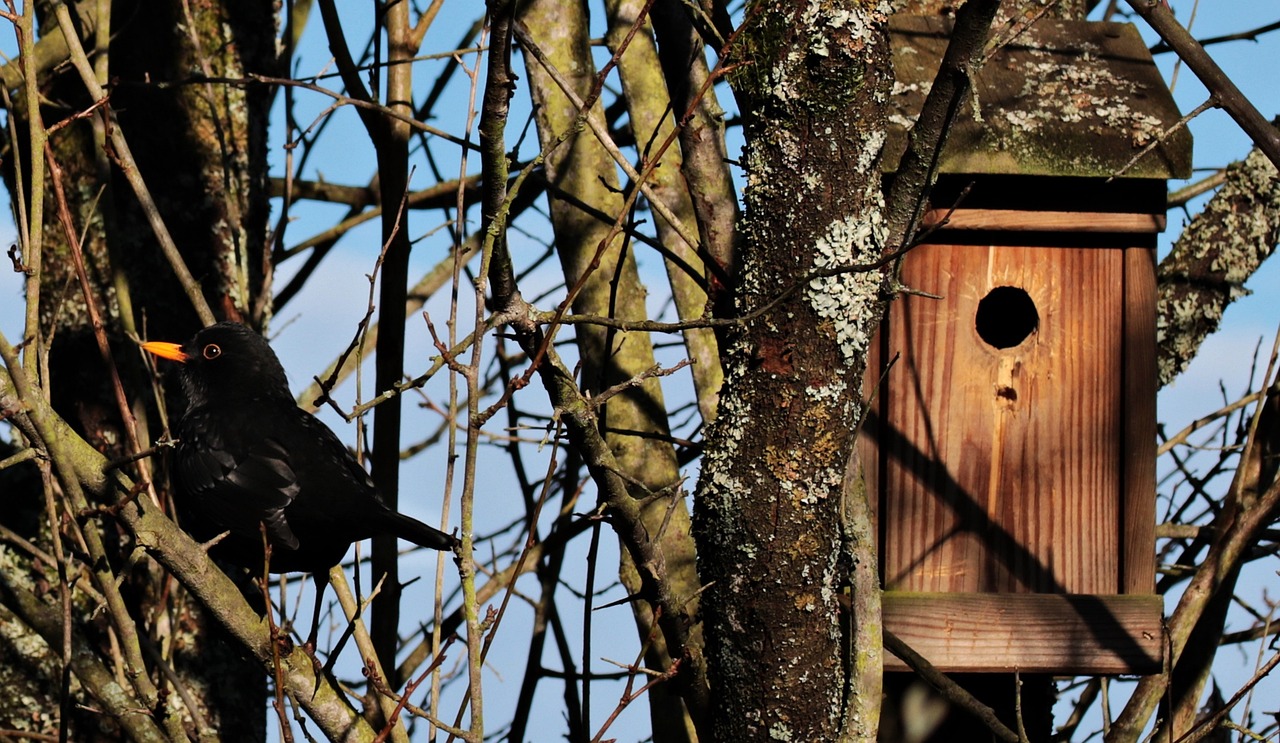
Child Safety Features
When it comes to designing a tree house, especially for children, safety should be your utmost priority. Imagine a cozy retreat nestled among the branches, where kids can unleash their imaginations, but without the worry of accidents. To create a secure environment, there are several essential features you should incorporate into your tree house design.
First and foremost, consider adding guardrails around the open edges of your tree house. These rails should be high enough to prevent any accidental falls, ideally around 36 inches tall. The spacing between the bars should be narrow enough to keep small children from slipping through, typically no more than 4 inches apart. This simple addition can provide peace of mind for parents while allowing kids to enjoy the view from their elevated perch.
Next, think about the access points to the tree house. Ladders can be a bit tricky for little ones, so opt for a sturdy, non-slip ladder with wide rungs that are easy to grip. Alternatively, a rope ladder can add an element of adventure, but ensure it's securely fastened and has a stable base to prevent swinging. If your design includes a staircase, consider adding a handrail to help kids navigate safely.
Furthermore, it's crucial to create non-slip surfaces throughout the tree house. Whether it's the floor or any steps leading up to it, using textured materials or applying a non-slip coating can dramatically reduce the risk of slipping. Kids often run around excitedly, and ensuring they have a secure footing is essential for their safety.
Additionally, think about the entrance and exit points. A door that swings inward can be safer than one that opens outward, preventing accidents when children are playing near the entrance. If your tree house has multiple levels, ensure that each level is accessible through a secure and stable method, such as a ladder or staircase that is appropriate for their age and size.
Finally, regular maintenance is key to keeping your tree house safe. Periodically inspect the structure for any signs of wear and tear, especially in the areas where children frequently play. Look for loose screws, splintered wood, or any other potential hazards. By staying proactive, you can ensure that your tree house remains a safe haven for adventure.
In summary, designing a tree house for children involves more than just creativity; it requires a keen focus on safety features. From guardrails and non-slip surfaces to proper access points, each element plays a vital role in creating a secure environment. Remember, the goal is to foster fun and exploration while keeping safety at the forefront.
- What is the best age for children to use a tree house?
While it varies by child, most tree houses can be enjoyed safely by children aged 5 and up, especially when designed with safety features in mind. - How can I ensure the tree house is stable?
Using proper construction techniques and regularly inspecting the structure will help maintain stability. You can also consult with a professional builder for guidance. - Are there any specific materials that are safer for children?
Using non-toxic paints and finishes, along with smooth, splinter-free wood, can enhance safety for children playing in the tree house.
Frequently Asked Questions
- What is the best location for a tree house?
Choosing the right location is crucial for your tree house. Look for a spot that gets plenty of sunlight but is also sheltered from harsh winds. Make sure the tree is healthy and strong enough to support the structure, and consider how close it is to other buildings or trees to ensure safety and privacy.
- What materials should I use to build a tree house?
When it comes to materials, opt for durable woods like cedar or redwood. These types not only resist decay and pests but also provide a beautiful finish. Don’t forget to consider weather-resistant finishes to protect your tree house from the elements!
- How can I ensure the safety of my tree house?
Safety is paramount when designing a tree house. Incorporate features like guardrails, secure ladders, and non-slip surfaces. Regular inspections and maintenance will also help keep the structure safe for everyone, especially children.
- What design styles work best for tree houses?
There’s a wide range of design styles you can choose from! Whether you prefer a rustic cabin look or a modern aesthetic, make sure to incorporate elements that reflect your personality. Open floor plans and multi-level designs can add both charm and functionality to your tree house.
- Are there any building regulations I should be aware of?
Yes, it’s essential to check local building codes and regulations before starting your project. Some areas may have specific rules regarding height, size, and safety features. It’s always better to be informed to avoid any legal issues down the line!
- How do I maintain my tree house?
Regular maintenance is key to ensuring your tree house lasts for years. Inspect the structure for any signs of wear and tear, treat the wood to prevent decay, and keep the surrounding area clear of debris. This will not only keep it looking great but also ensure it remains safe for use.












